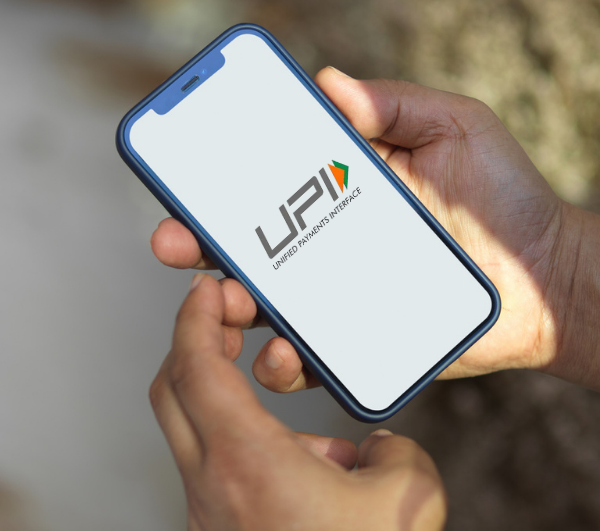Vendor payments are a subset of the accounts payable process. When a large firm has several international subsidiaries, processing invoices can become increasingly complex. Standardizing processes and taking advantage of process efficiency are important advantages to consider. Treasury may handle the Vendor Payment module in partnership with a Shared Service Center or SSO.
Accounts payable is one of the most important financial transactions globally – and a vital part of any firm’s operations. Making vendor payments is the last step in a business’s procure-to-pay cycle. Vendor payments describe the payment of external suppliers or vendors of a company. The article delves into the concept of vendor payments.
The Accounts Payable function is responsible for processing payments to vendors
Accounts payable is responsible for virtually all of a company’s payments not associated with payroll. In a major corporation, an accounts payable department carries out the accounts payable process; a small team or bookkeeper oversees a medium-sized firm.
The process of processing payments becomes complicated and expensive for big corporations with foreign subsidiaries, each of which may have its accounts payable department.
Vendor payments and why they are important
Vendor payments (also known as accounts payable or invoice to pay) refer to the process of paying suppliers with whom your company has a relationship for the products and/or services they deliver to your company.
Managing your vendor payments in a systematic and timely manner provides a positive connection with your suppliers while ensuring that you do not have obligations for an extended period. This keeps your company functioning as smoothly as possible.
Vendor payment portal administration becomes essential if your company is involved in the following transactions or services, etc.
- Payments to vendors in a variety of currencies.
- There is a large number of merchants to coordinate.
- If your company changes the duration of credit periods to keep track of things
- If there are several branches and divisions from which payments are made, necessitating the monitoring of cash flow.
- If the sale and purchase of goods from the same seller, necessitated the balancing of obligations,
- It is necessary to make timely payments to comply with the MSME Act and GST requirements.
Payment centralization is becoming more common
The Coprocess Vendor Payment terms module, also known as the payment factory, streamlines the payments process and improves controls for the group while keeping important parts of the subsidiary payment process. This module is called the payment factory. Centralizing the payment process has a lot of advantages for a business.
Making all payments via a single operational company, standardizing procedures, and taking advantage of process efficiencies are all significant benefits. Treasury may manage the Vendor Payment module in collaboration with a Shared Service Center (SSC) or Shared Service Organization (SSO).
Integration With Other Cash Management Structures and Tools
The VPM can be combined with a bank account pooling structure or an In-house bank structure to create a multi-channel payment network.
The SSC can and does coexist with the IHB, providing both command and control components and transparency and financial advantages, among other things. This module builds on the controls and advantages of an SSC, and may also contain some of the benefits of an IHB.
The Vendor Payment Procedure
In a big organization, vendor payments may be carried out by a large staff. While in medium-sized businesses, some individuals manage.
The following are the processes that must be completed for a vendor to get paid:
Step 1: If the invoice has not yet been received from the vendor or supplier, collect it from the vendor or supplier.
Step 2: Making the relevant journal entry in the ERP or accounting system will allow you to account for the invoice properly. Also, comprehend, calculate, and account for any taxes that may be applicable, such as TDS under the income tax legislation and any input tax credit (ITC) under the GST law, if applicable.
Step 3: If TDS is owed to the government, it must be deposited within the deadlines outlined in the Income Tax Rules. Report any such ITC in the GSTR-3B form submitted on a monthly or quarterly basis, depending on the situation.
Step 4: Before initiating the invoice payment, get the authorized signatory’s consent, preferably on or before the invoice due date.
Step 5: Make the vendor payment, less the TDS deducted, and enter it into the accounts books using a payment voucher as evidence. The payment method may be any of the following: UPI, bank transfers, e-wallets, mobile payments, and other payment gateways.
It is important to note that you may automate some of the activities listed above by using a cloud-based vendor payment software system, often integrated into your ERP system.
Effective Vendor Payment Management Solutions are Available
Businesses increasingly rely on technology-based solutions to simplify their operations as they undergo digital transformation. Spreadsheets are no longer the preferred tool of choice for calculating TDS at the time of vendor payment, according to a study by PricewaterhouseCoopers (PwC).
The following are the advantages of using technology-based solutions for vendor payment management:
- Allows for the automation of approvals within the specified time frames.
- Maintaining a digital trail ensures that data is audit-ready.
- Bill payments are simplified, requiring less human effort.
It allows your organization to keep track of its financial flows straightforwardly.
Conclusion
This system must allow for process automation and maintain audit trail records. If you have a lot of money to spend, consider integrated solutions. The integration process guarantees that invoices and payment entries are not duplicated.
Tax and vendor administration has become more straightforward and error-free due to this enhancement. When the vendor payment system is put into use, you will notice a significant increase in the productivity and efficiency of the team – especially if you are a manager or senior member of staff.
Maintain and update the master data of suppliers, including tax identification numbers, bank account information for payments, contact information, and credit periods. It makes it possible to automate most of the processes associated with the vendor payment process. Register on PayU and Onboard the best vendor payment service provider.
FAQs
Vendor payments are when a business pays outside suppliers or vendors to buy goods, services, or both. They do this by setting up a process and system that works for the business. Invoices will be sent to the business from the vendor after the business gets the goods or services.
Vendor reconciliation is described as the reconciliation of a vendor’s accounts payable with the statement given by the vendor. It guarantees no inconsistencies or errors between the amount a vendor charges an entity and the products or services received from the vendor.



